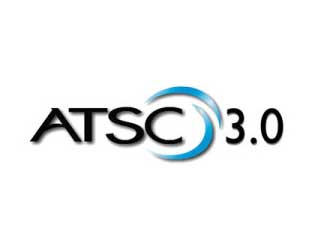The Advanced Television Systems Committee (ATSC) has issued an official Request For Information related to the development of Conformance Test Suite Development and Conformity Assessment programs to support the implementation of the ATSC 3.0 next-generation television broadcast standard.
ATSC President Mark Richer said the high-level goals of these programs “include assuring a quality experience for consumers when viewing and interacting with ATSC 3.0 content,” and assuring interoperability between broadcast content and receivers.
“The ATSC expects TV stations to begin testing in earnest in 2017, with early U.S. market deployments in the first half of 2018,” Richer said. “To help achieve the highest quality user experience and to assure interoperability, the ATSC and other industry groups have a keen interest in the development of test suites and tools.”
The RFI seeks input from industry experts in four areas of testing — Coding, Transmission & Reception; Data & Metadata; and Interactivity; and Security.
Specifically, the RFI addresses test suites, test automation, version management, test result formats and administration.
The RFI also focuses on program management, including policy and procedure development and third-party assessment plans, as well as implementation tools and experience.
Richer explained that the RFI responses will inform the ATSC and allied organizations as they establish a framework, including initial plans and high-level budgeting, for the conformity assessment program. It is expected the program will eventually be administered under the auspices of one or more industry organizations.
Current planning and technical work for ATSC 3.0 is focused on Internet Protocol-based service delivery and lays the foundation for improved viewing features, such as 4K Ultra HD, targeted advertising, high dynamic range and mobile/portable reception.
ATSC 3.0 provides broadcasters the opportunity to deliver an enhanced viewing experience with interactive applications and program guides, including access to pre-cached video for later playback by viewers.





